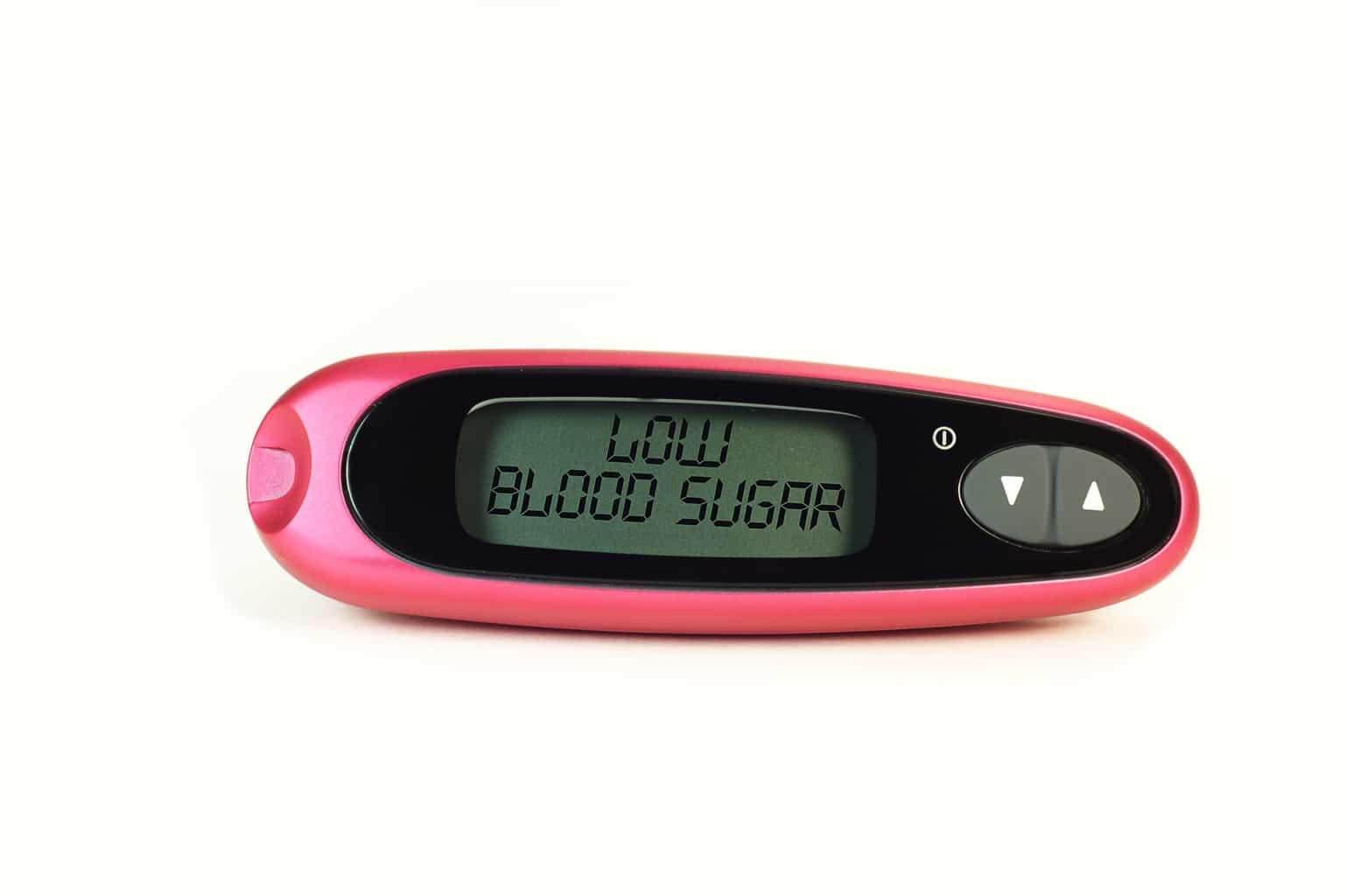
[cmamad id=”6837″ align=”center” tabid=”display-desktop” mobid=”display-desktop” stg=””]
When you brown a steak in the skillet, you think you’re just getting gorgeous color and flavor on it.
What does that have to do with diabetes?
Well, we know that low blood sugar does not fix diabetes, and we may know why.
The browning on that steak is an advanced glycation endproduct (AGEs).
On a steak, that means color and flavor.
But in our body, those AGEs are less helpful.
What causes our tissues to brown is not that they’re in a hot skillet (hopefully).
What causes our tissues to brown is certainly AGEs.
There is a theory that AGEs cause diabetic complications — but is it true?
Scientists have long believed that the problem with high blood sugar is that the sugar creates AGE’s in the tissues and the eyes.
They think this results in various diabetic complications.
As this paper states the consensus belief:

Diabetic complications are caused by the hyperglycemia-accelerated formation of advanced glycosylation end products (AGEs) in tissue.
You have to realize how important this assumption is.
Because the assumption is so strong, the whole strategy that the entire diabetes industry has is to lower blood sugar.
Because presumably, high blood sugar causes massively high AGEs.
[cmamad id=”6838″ align=”center” tabid=”display-desktop” mobid=”display-desktop” stg=””]
And they presume that AGEs cause diabetic complications like blindness and amputation.
But what if it’s not true?
Scientists can easily see AGEs in tissues.
But what causes them may not be high blood sugar.
In fact, it probably is NOT high blood sugar causing the AGEs.
New research reveals that lipid peroxidation causes AGEs instead.
That means fat that is going rancid in your body.

Lipid peroxidation, as well as glycoxidation, may be an important source of AGEs in tissue proteins and long term damage to protein in aging, atherosclerosis, and diabetes.
In fact, blood sugar may not be a source of AGE’s at all.
It is quite likely that our nemesis produces AGE’s in the body — polyunsaturated fatty acids (PUFAs).
And PUFAs do it along with iron or copper ions that are in our cells.
Since PUFAs are more easily oxidized in free radical reactions than are carbohydrates, it is quite possible that the majority of AGEs in tissue proteins are derived from lipid peroxidation reactions, even during hyperglycemia when concentrations of glucose in the blood is high.
The entire diabetes industry is fighting the wrong battle.
It’s a lost war in diabetes.
And it’s lost because they’re trying to fight blood sugar when the reality is that they should be fighting PUFAs.
What causes the terrible AGEs is PUFAs, bad fats, not high blood sugar.
This is why I don’t get too upset when someone’s blood sugar is high.
They’re wasting a lot of effort managing blood sugar levels, but they should focus on cutting PUFAs.
It’s better for their blood sugar to be high for a while and get over diabetes, rather than try to keep blood sugar low.
Just working to keep blood sugar low will never let a patient get over diabetes.
Because even with low blood sugar levels, AGE’s are rapidly forming if you are diabetic.
And there’s no doubt that AGE’s, or browning of the tissues, destroy organ, gland, and brain tissue.
Now we have good reason to believe that AGEs destroy these tissues.
And PUFAs cause the production of those AGEs, rather than high blood sugar.
Citations

http://www.nejm.org/doi/pdf/10.1056/NEJM198805193182007
The Advanced Glycation End Product, NE - (Carboxymethyl)lysine, Is a Product of Both Lipid Peroxidation and Glycoxidation Reactions
http://scholarcommons.sc.edu/cgi/viewcontent.cgi?article=1160&context=chem_facpub

Leave a Reply